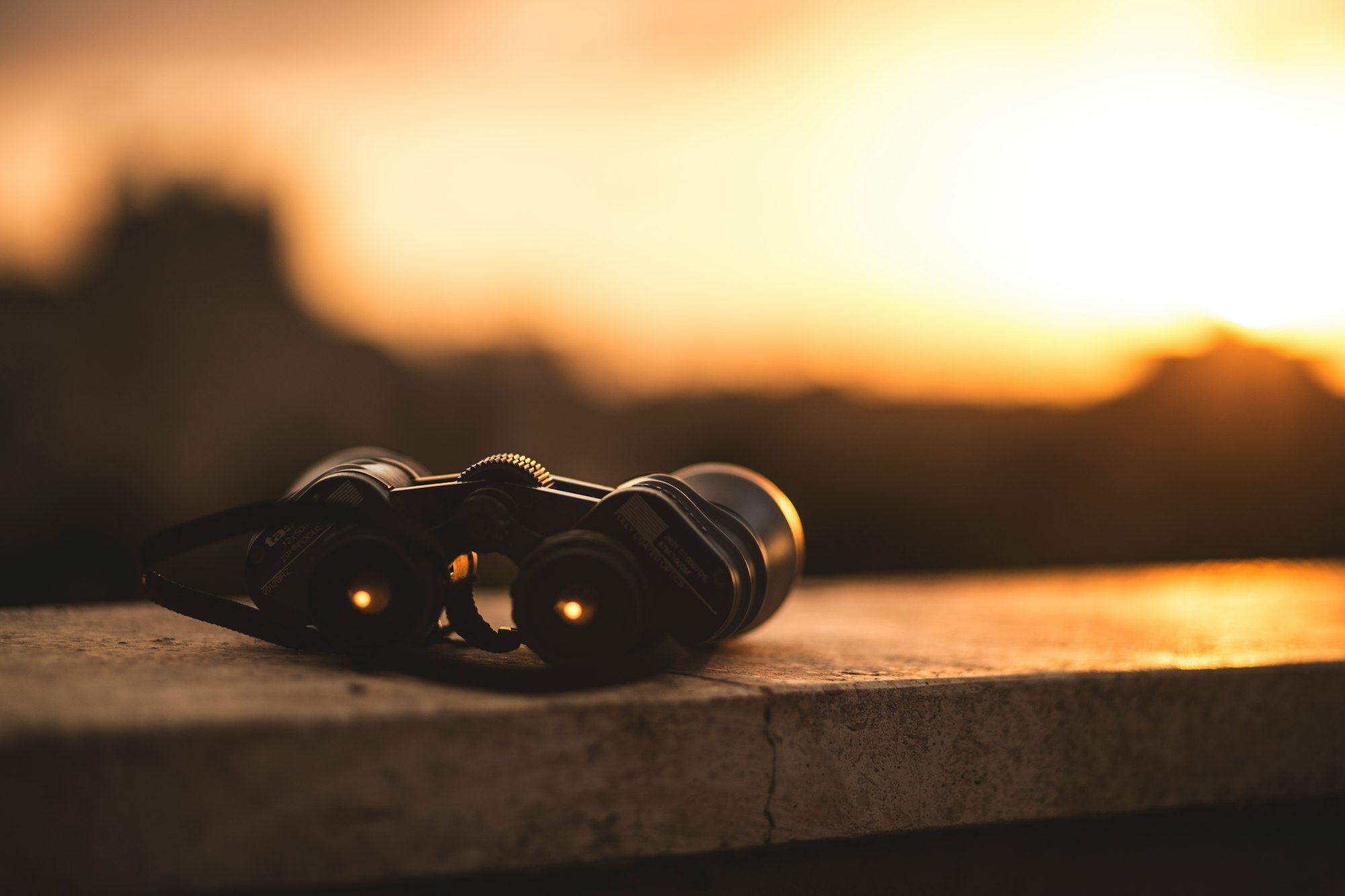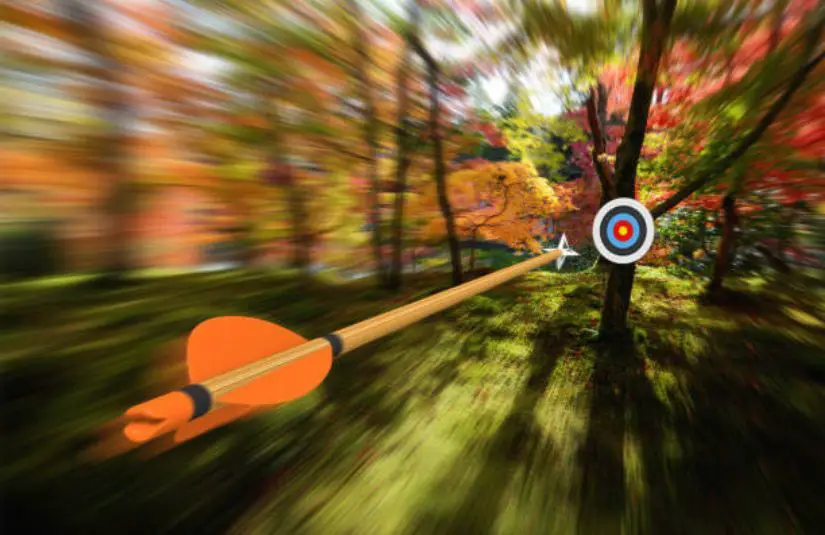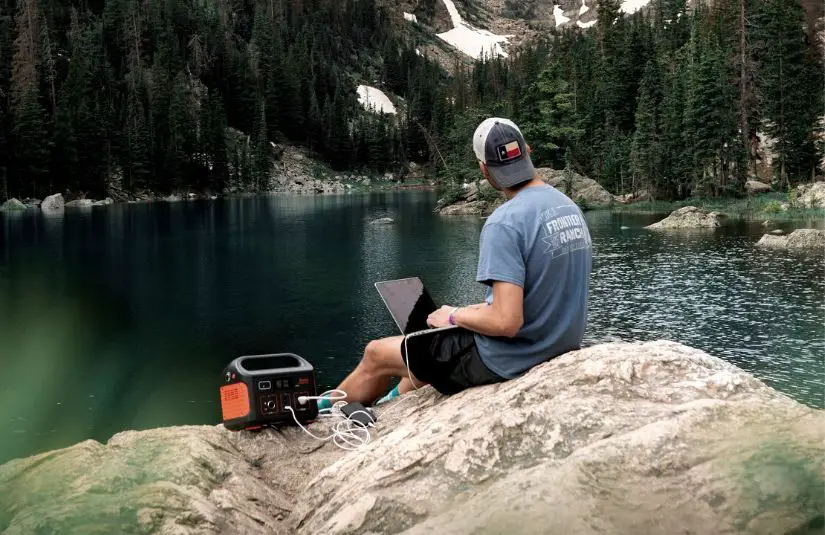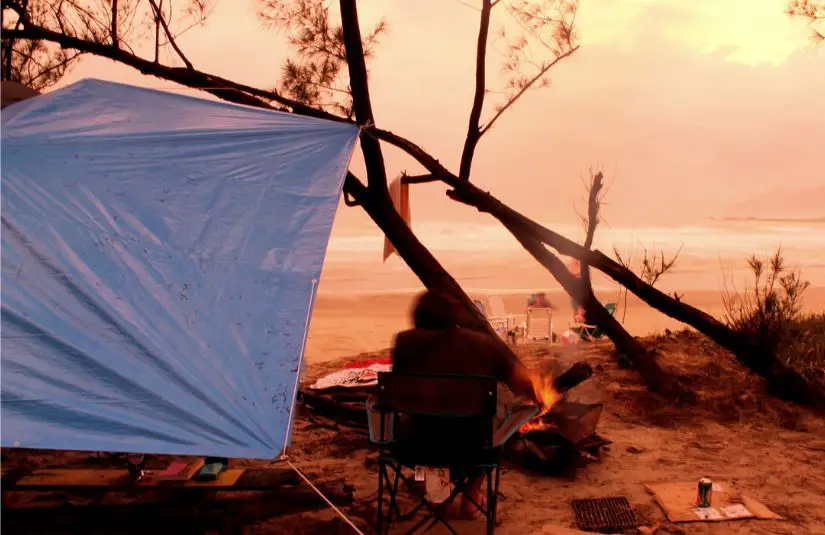How to Close a Pocket Knife the Right Way (A Quick Read)
A pocket knife is a handy tool to have on you whenever you are outdoors. But if you don't know how to close it properly, you could end up hurting yourself—or someone else. In this blog post, we'll show you the right way to close a pocket knife so that you can avoid any accidents.
A pocket knife is a handy tool to have on you when you're camping, hiking, or even just doing yard work. But if you don't know how to close it properly, you could end up hurting yourself—or someone else or maybe damage the knife.
In this short blog post, we'll show you the right way to close a pocket knife so that you can avoid any accidents.
Types of Locking Mechanisms in a Folding Knife
There are various types of locking mechanisms found in folding knives to keep the blade in place while it is being used. But the most common locking mechanisms include liner locks, frame locks, lock backs, and friction folders.
Liner Locks:
This uses tension from a locking liner inside the handle to keep the blade in place. This type of locking mechanism is common in both manual and automatic folders.
When the blade is opened, a portion of the liner slides up into contact with the tang of the blade, preventing it from closing. To unlock the blade, one needs to press on the liner and push it outward away from the tang of the blade.

Frame Locks:
A frame lock is similar to a liner lock in that it uses tension from a locking liner inside the handle to keep the blade closed. However, instead of sliding up into contact with the tang of the blade, a frame lock uses an extra piece of steel called a stop pin.
This prevents the blade from closing when opened and keeps it firmly in place until the mechanism is released.
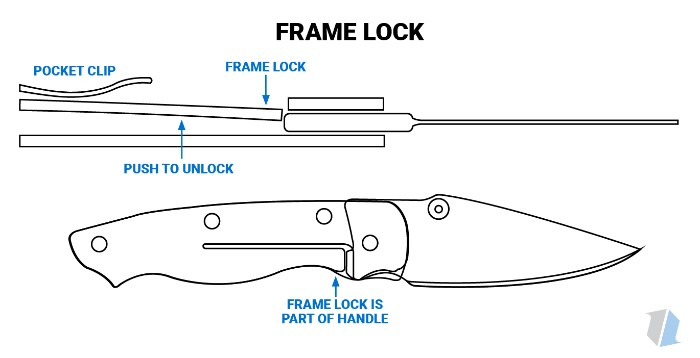
Lock Backs:
This utilizes tension from a spring-loaded bar located inside the handle to keep the blade in place when opened.
When the user pushes down on this bar, it releases tension on the tang of the blade, allowing it to close. Lock backs tend to be very reliable and secure locking mechanisms as they require more force to unlock than a liner or frame lock.
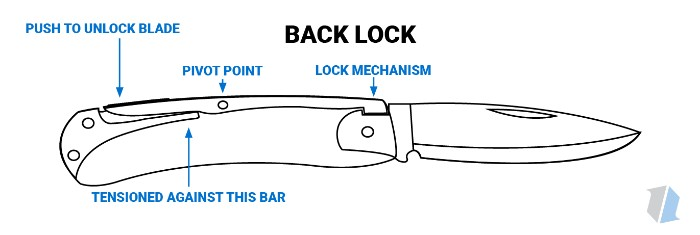
Friction folder:
These knives have no locking mechanism at all, relying on the tension of their blades to keep them open when in use, as well as pressure from the user’s fingers or hand to keep them closed.
While this type of locking mechanism is not as secure as other types, it can still be effective if used properly.
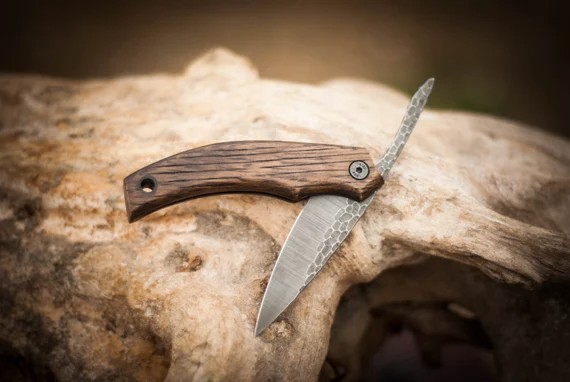
Different Ways of Closing a Pocket Knife
There are many ways to close a pocket knife, some more creative than others. Here are five of the most popular methods.
1. The Traditional Method:
This method involves a simple folding motion that is easy to execute and familiar to most pocket knife users. Simply fold the blade back toward the handle, pressing down with your thumb as you do so until it snaps into place.
2. The Reverse Method:
This type of closing requires reversing the traditional opening motion. To close the knife, hold the handle and push the blade inwards until it slides into the slot on the handle.
3. The Palming Method:
This method relies on pressure from your hand rather than musculature. Begin by placing your palm over the blade and pressing down gently while manipulating the handle with your other hand to fold the blade back into its slot.
4. The Grip and Twist Method:
Start by gripping the handle firmly with one hand and using your other hand to press the blade down, similar to the palming method, but this time twist the knife as you do so to assist in folding it back up.
5. The Flipper Method:
This method is more useful for quickly flipping a knife closed. To close the knife, simply grip the handle with one hand and press down on the flipper with your other hand to snap it shut.
Some users wave the handle side of the pocket knife over an object or surface(Wave Method), which folds back the blade into its original position in seconds. But this method can cause damage to the blade if used repeatedly.
Here's a short clip to do it properly:
Some General Guidelines
1. Make sure the blade is pointing away from you.
2. Place your thumb on the spine of the blade. This will help keep the blade in place as you're closing it.
3. Use your other hand to hold the handle of the knife. Make sure you have a firm grip so that the knife doesn't slip out of your hand as you're closing it.
4. Use your thumb to push the blade closed. Once the blade is flush with the handle, it's safe to let go.
5. Store your knife in a safe place. Keep it out of reach of children and pets, and make sure to clean and oil it regularly so that it stays in good condition.
Final Words
A pocket knife is a useful tool to have around, but only if you know how to use it safely. And if you want to have the best knives for your camping or hiking trip, make sure to check out the article we have for you.
Just tap the button below and pick one of our top choices. Also, check out some other articles if you love knives.
We love our knives, and the articles we wrote about them:

Also, check out some of our other quick reads:
